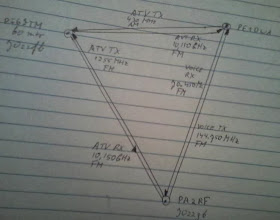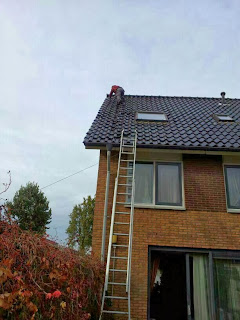Yesterday we went to an area called Noord-Aa in Zoetermeer. I gathered some photoos with my Canon EOS1000D camera. Used a tripod for proper stabilization. The photoos I took, were a mix of overexposed, underexposed and normal exposed recordings, serving as building blocks for my first HDR pictures.
Joachim Seibert, PA1GSJ, reported on his new blog about HDR (High Dynamic Range) photography:
http://recordingphotons.blogspot.nl/2013/12/handheld-hdr-photography.html
I used the freeware program "Picturenaut3.2". This program allows you to upload a number of pictures and merge them into one picture with more/different details.
These are my first "acceptable" results:


















































